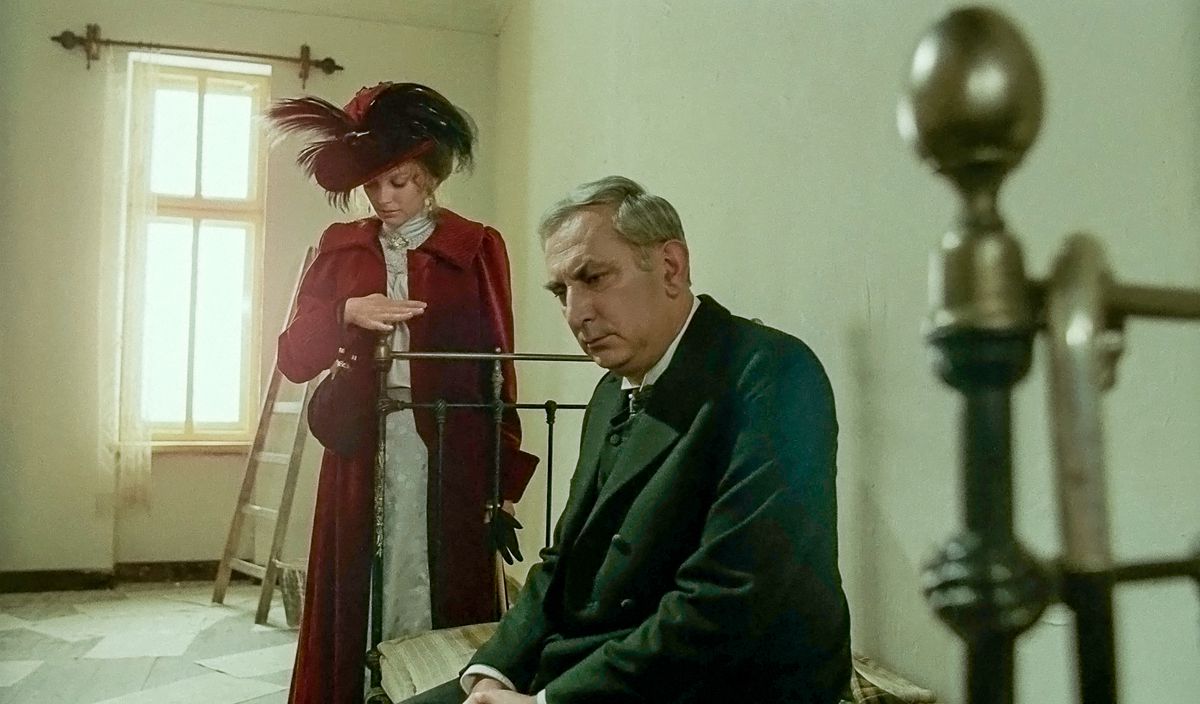tytuł oryginalny: Nieciekawa historia / An Uneventful Story
reżyseria: Wojciech Jerzy Has
występują: Gustaw Holoubek, Hanna Mikuć, Anna Milewska
kraj i rok produkcji: Polska 1982
czas trwania: 106'
data premiery: 1983-09-12
original language: Polish with English subtitles

Bohater w dojrzałym wieku (Gustaw Holoubek) zakochuje się w młodej, pięknej kobiecie (Hanna Mikuć), której nie jest obojętny, ale waha się czy skorzystać z oferty losu. Jest żonaty, ma córkę na wydaniu, powinien zainteresować się bliżej jej kandydatem na męża (Janusz Gajos). Ulec zauroczeniu czy pozostać wiernym mężem – oto jest pytanie. Postawił je Antoni Czechow pisząc opowiadanie, które zekranizował Wojciech Has.
The professor (Gustaw Holoubek) is waiting for death. He doesn’t like his life anymore. Just the opposite, he sees middle-class small-mindedness of his wife, shallow flirtatiousness of his daughter, small-mindedness of potential candidates for her husbands, mental mediocrity of his students, tedium of his town. Everything around him, apart from his personal belongings and his room, is rotten. The only person close to him is Katarzyna (Hanna Mikuc). She is his former student, now she’s an actress. She sees glows of his intelligence and artistic greatness. The beautiful woman, despite her young age, struggles with the same problem of existence. In addition to that, she has to deal with a tragic fate of a lonely woman. The professor can’t reciprocate her feelings. He can’t be an authority either. An existential drama of an old man approaching death. His analytical skills make him anxious. The film shows a character with artistic aspirations. We see his classy house, reflections in the mirror and looks through the window. Pictures from the professor’s life refer to classical paintings. For example Rembrandt’s The Anatomy Lesson of Dr Tulp. It’s a 17th century convention that shows still life and Has’ filmography. It’s an adaptation of Anton Czechov’s short story (1889) in which we can see Gustaw Holoubek. It’s a reference to his debut lead in The Noose (1957) directed by Has. The screenplay was written by Marek Hlasko.